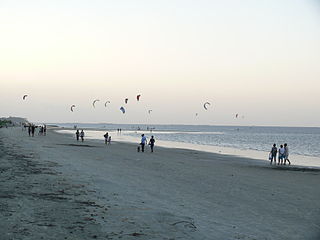| Mission type | Communication |
|---|---|
| Operator | Intelsat (1988-1998) New Satellite Skies (1998-2003) |
| COSPAR ID | 1988-040A [1] |
| SATCAT no. | 19121 |
| Mission duration | 15 years |
| Spacecraft properties | |
| Bus | Intelsat-V bus |
| Manufacturer | Ford Aerospace |
| Launch mass | 1,928.2 kilograms (4,251 lb) [2] |
| BOL mass | 1,012 kilograms (2,231 lb) [2] |
| Start of mission | |
| Launch date | May 17, 1988, 23:58 UTC [3] |
| Rocket | Ariane 2 V23 |
| Launch site | Kourou ELA-1 |
| End of mission | |
| Disposal | Decommissioned |
| Deactivated | July 2003 |
| Orbital parameters | |
| Reference system | Geocentric [4] |
| Regime | Geostationary [4] |
| Longitude | 53° W (original position) 38° W (current position) [4] |
| Semi-major axis | 42,647 kilometers (26,500 mi) [4] |
| Perigee | 36,224.3 kilometers (22,508.7 mi) [4] |
| Apogee | 36,328.9 kilometers (22,573.7 mi) [4] |
| Inclination | 15.2 degrees [4] |
| Period | 1,460.8 minutes [4] |
| Epoch | April 23, 2017 [4] |
| Transponders | |
| Band | 26 C-band 6 Ku band |
Intelsat V | |
NSS-513, previously named Intelsat VA F-13 or Intelsat 513, was a communications satellite operated by Intelsat and which was later sold to New Satellite Skies on November 30, 1998. Launched in 1988, it was the thirteenth of fifteen Intelsat V satellites to be launched. The Intelsat V series was constructed by Ford Aerospace, based on the Intelsat-V satellite bus.

A communications satellite is an artificial satellite that relays and amplifies radio telecommunications signals via a transponder; it creates a communication channel between a source transmitter and a receiver at different locations on Earth. Communications satellites are used for television, telephone, radio, internet, and military applications. There are 2,134 communications satellites in Earth’s orbit, used by both private and government organizations. Many are in geostationary orbit 22,200 miles (35,700 km) above the equator, so that the satellite appears stationary at the same point in the sky, so the satellite dish antennas of ground stations can be aimed permanently at that spot and do not have to move to track it.

Intelsat Corporation—formerly INTEL-SAT, INTELSAT, Intelsat—is a communications satellite services provider. Originally formed as International Telecommunications Satellite Organization, it was—from 1964 to 2001—an intergovernmental consortium owning and managing a constellation of communications satellites providing international broadcast services.
SES World Skies was a short lived company formed as a result of the merger between the two SES subsidiaries, SES Americom and SES New Skies. The company was merged into its parent company, SES S.A. in 2011.
NSS-513 was part of an advanced series of satellites designed to provide greater telecommunications capacity for Intelsat's global network. The satellite was deactivated on August, 2003.
The satellite was successfully launched into space on May 17, 1988, at 23:58 UTC, by means of an Ariane 2 vehicle from the Guiana Space Centre, Kourou, French Guiana. It had a launch mass of 2,013 kg. [5] The NSS-513 was equipped with 6 Ku-band transponders more 26 C-band transponders for 15,000 audio circuits and 2 TV channels.
Ariane 2 was a European expendable carrier rocket, which was used for six launches between 1986 and 1989. It was a member of the Ariane family of rockets, and was produced by Aérospatiale in France.

The Guiana Space Centre is a French and European spaceport to the northwest of Kourou in French Guiana, South America, a territory of France. Operational since 1968, it is particularly suitable as a location for a spaceport. It fulfills the two major geographical requirements of such a site:

Kourou is a commune in French Guiana, an overseas region and department of France located in South America. In addition to being an administrative district in French Guiana, it is also the main town in that district.